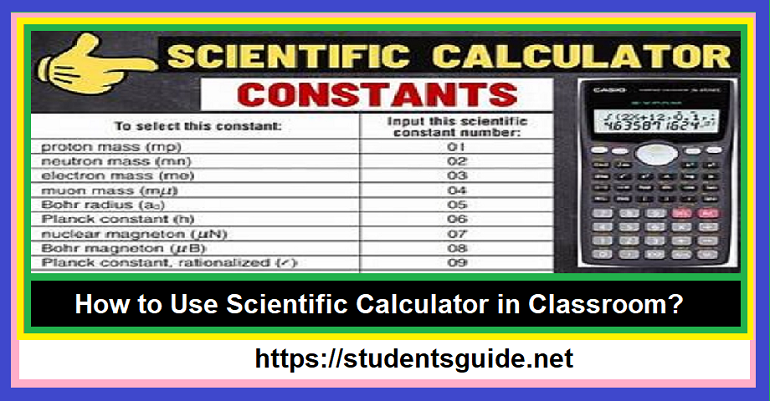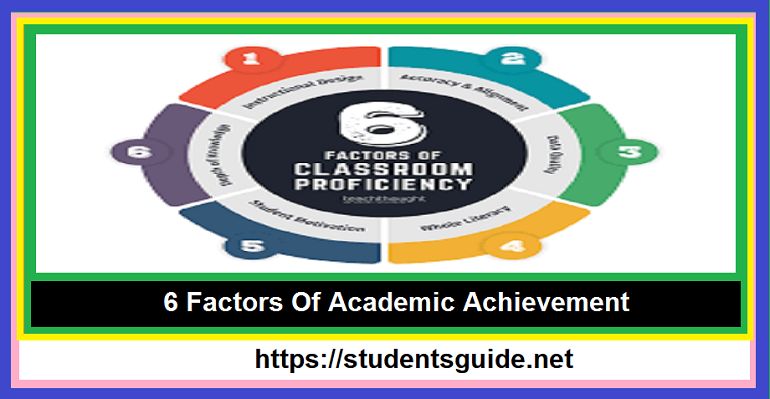Scientific Calculators
Scientific calculators are indispensable classroom tools, aiding students in complex mathematical calculations and scientific problem-solving. Understanding how to utilize these devices effectively can significantly enhance the learning experience. Here’s a comprehensive guide on how to make the most out of scientific calculator in the classroom.
Familiarization with Basic Functions
Before delving into complex operations, ensure students are well-versed in basic calculator functions. This includes arithmetic operations, trigonometric functions, logarithms, exponentials, and parentheses usage.
Mode Selection
Scientific calculators offer various modes tailored for different applications such as degrees, radians, and gradients for trigonometric calculations. Teach students to select the appropriate mode based on the problem requirements to avoid errors.
Memory Functions
Understanding memory functions like storing and recalling values can expedite calculations and prevent repetitive input. Educate students on how to store constants, variables, or interim results for future use.
Statistical Calculations
Scientific calculators often feature statistical functions for data analysis. Teach students how to input datasets, compute mean, median, and standard deviation, and perform regression analysis. These tools are vital for subjects like mathematics, physics, and economics.
Equation Solving
Utilize the equation-solving capabilities of scientific calculators to demonstrate solving linear and quadratic equations. Encourage students to input equations, specify variables, and interpret solutions, fostering deeper comprehension of mathematical concepts.
Graphing Features
Some advanced scientific calculator come equipped with graphing capabilities. Introduce students to graph plotting, analyzing functions, finding intersections, and exploring graphical representations of mathematical concepts.
Programming
For more advanced users, programming functionalities in scientific calculators offer endless possibilities. Teach students to create custom functions, automate repetitive calculations, or solve complex problems efficiently through programming.
Error Analysis
Educate students on error analysis by utilizing built-in error functions in scientific calculators. This includes absolute and relative error calculations, aiding in understanding the precision of results and mitigating calculation errors.
Utilize Online Resources
Leverage online tutorials, videos, and interactive simulations to supplement classroom instruction. Encourage students to explore additional resources to deepen their understanding and proficiency in using scientific calculators.
Hands-on Practice
Lastly, provide ample opportunities for hands-on practice. Incorporate real-world problems and exercises requiring scientific calculator usage to reinforce learning and develop problem-solving skills.
Conclusion
Scientific calculators are indispensable tools for students in various academic disciplines. By mastering the functionalities outlined above and integrating them effectively into classroom instruction, educators can empower students to excel in mathematics, science, and beyond. Encourage active exploration and practice to foster confidence and proficiency in utilizing scientific calculator as invaluable aids in academic pursuits.









